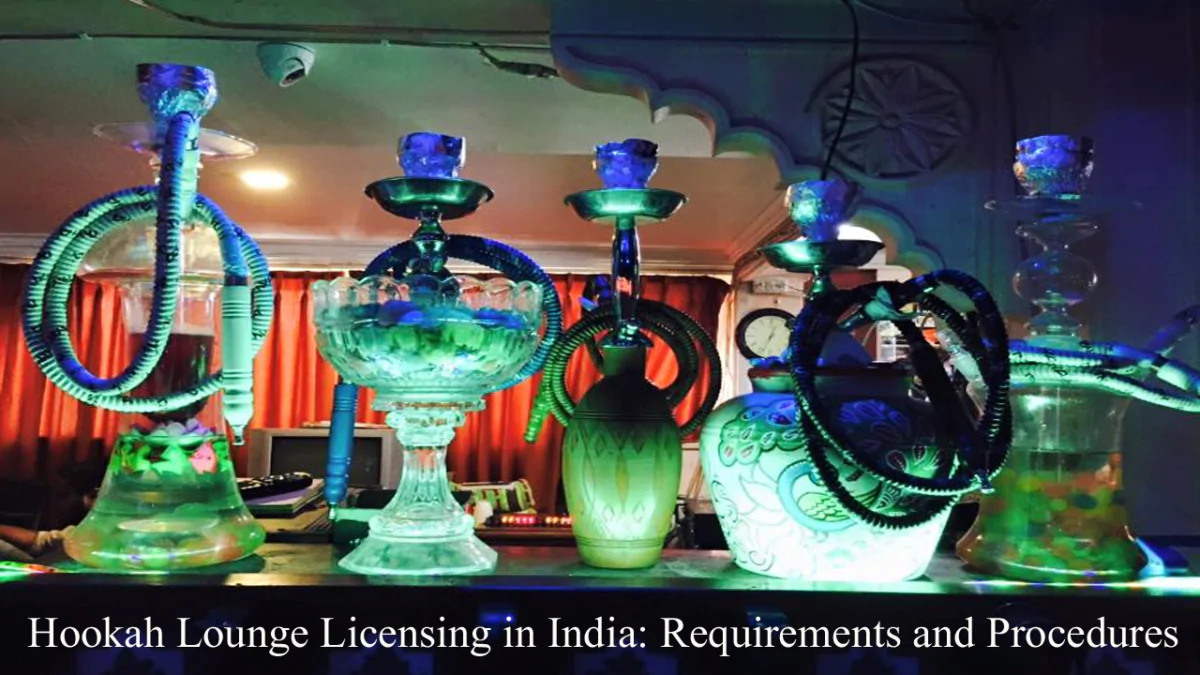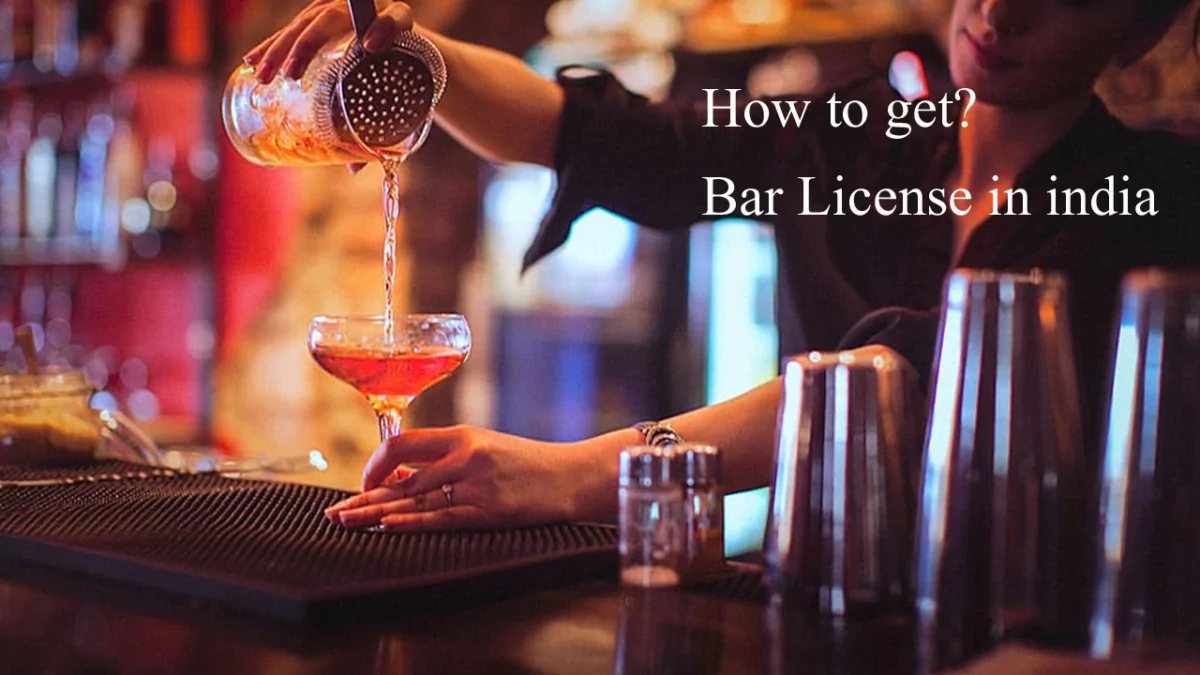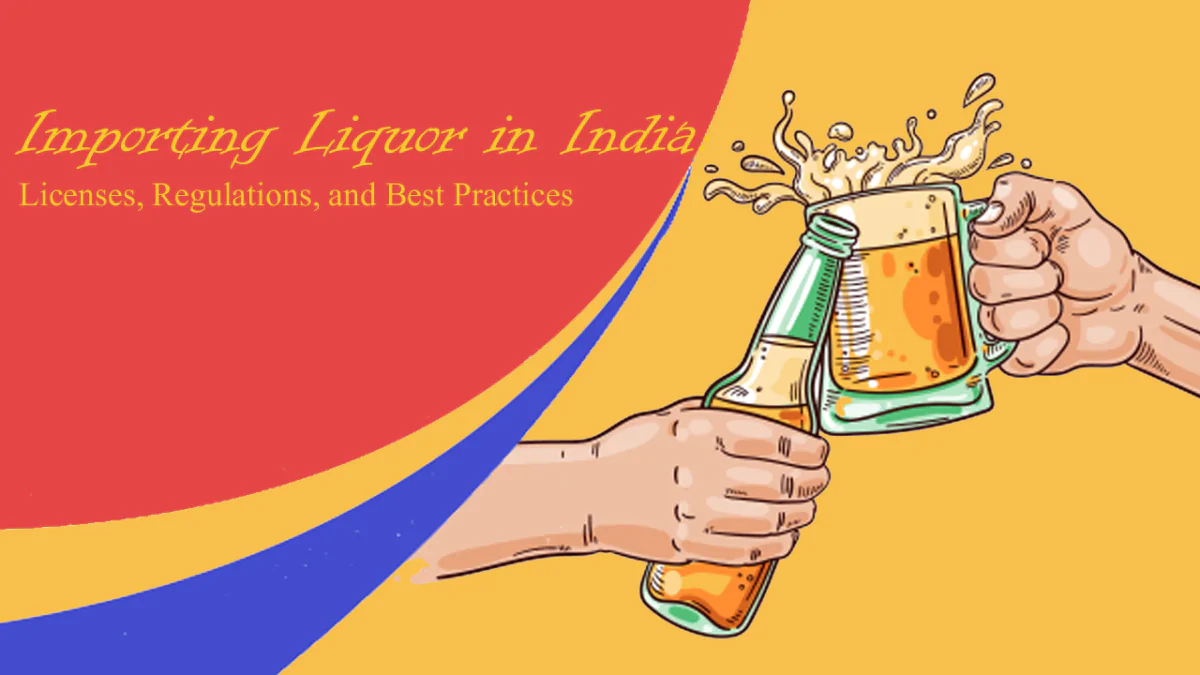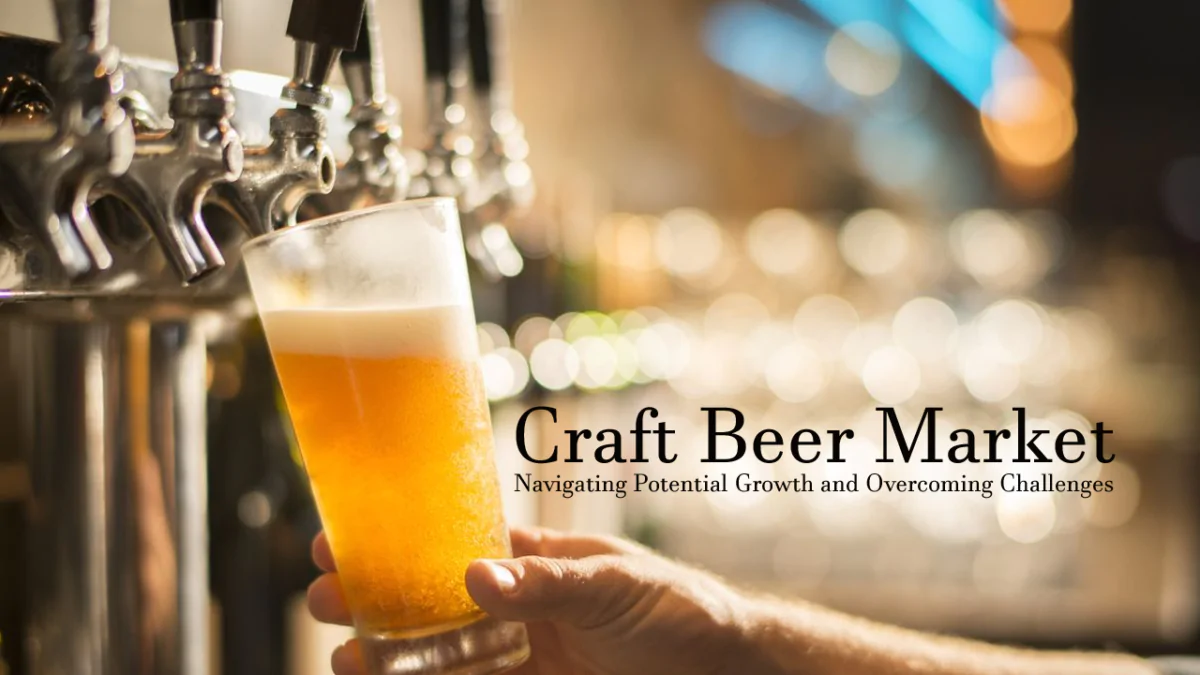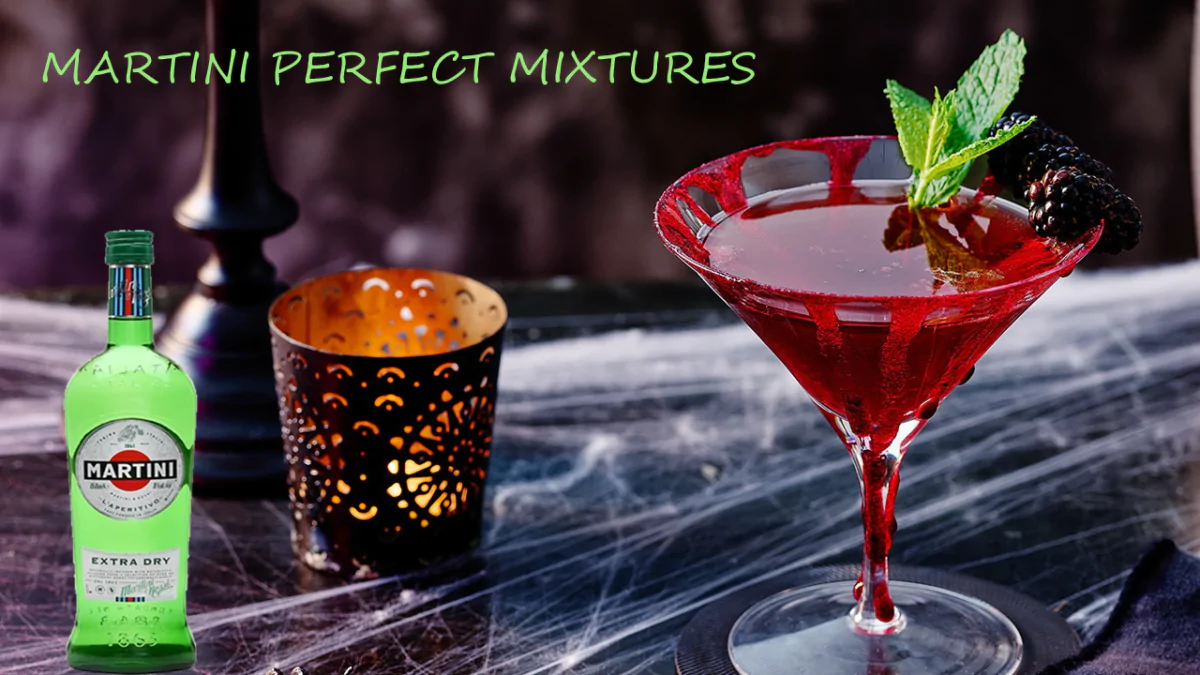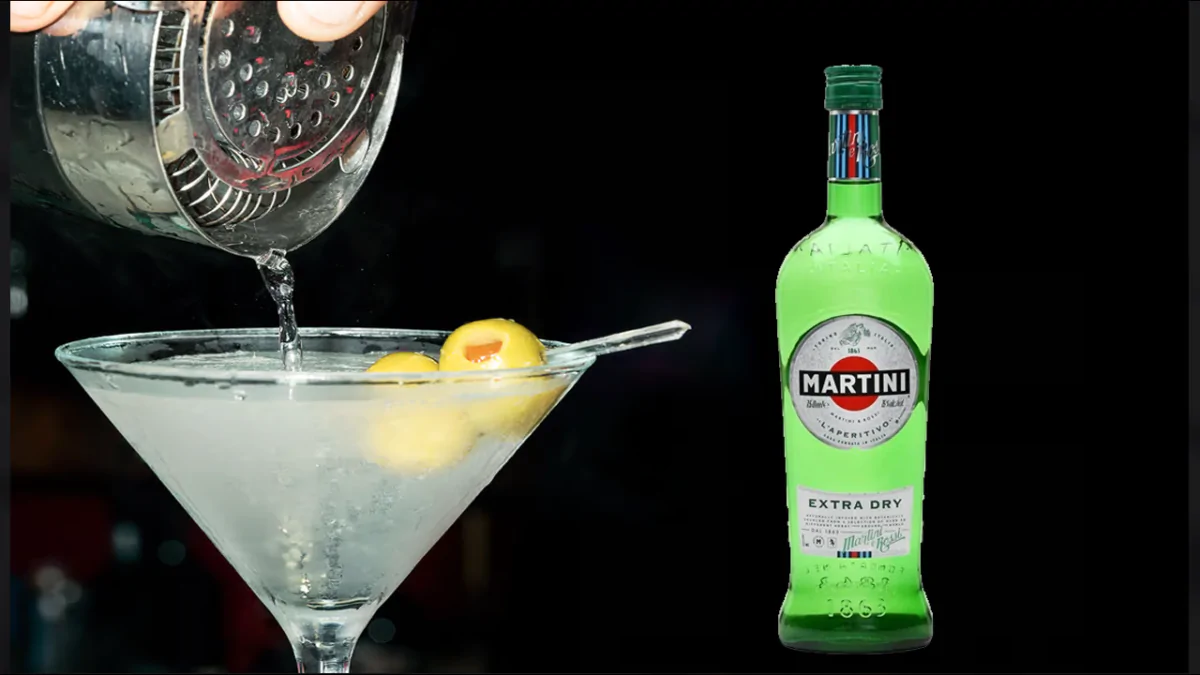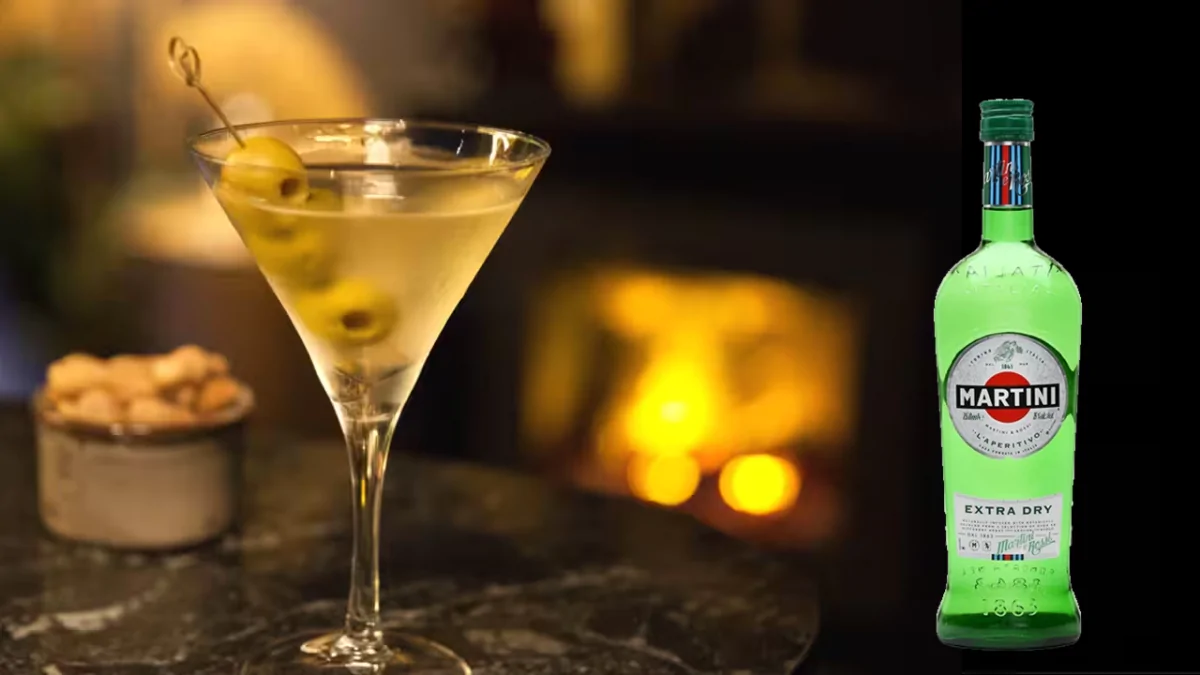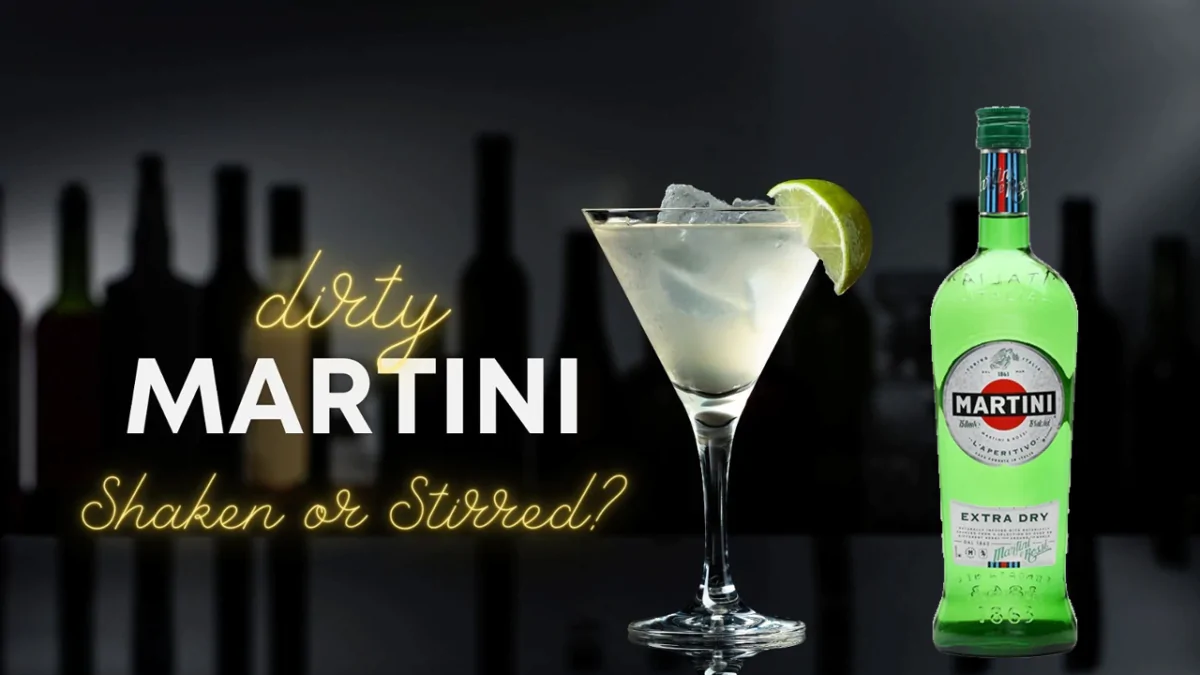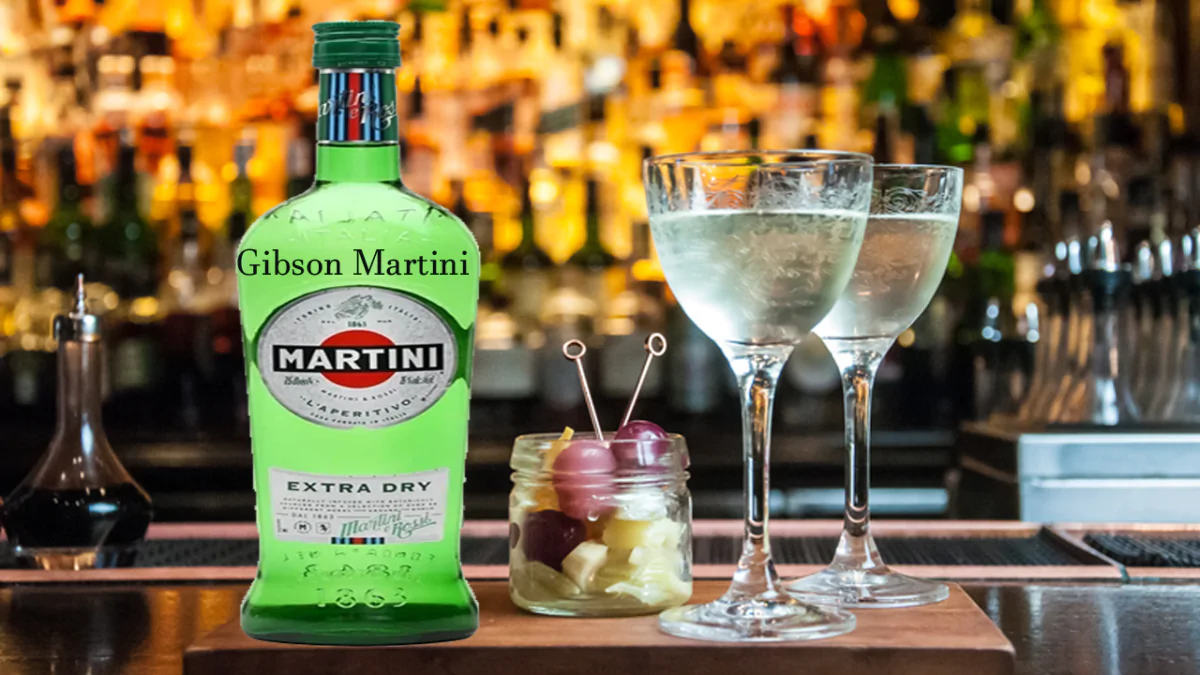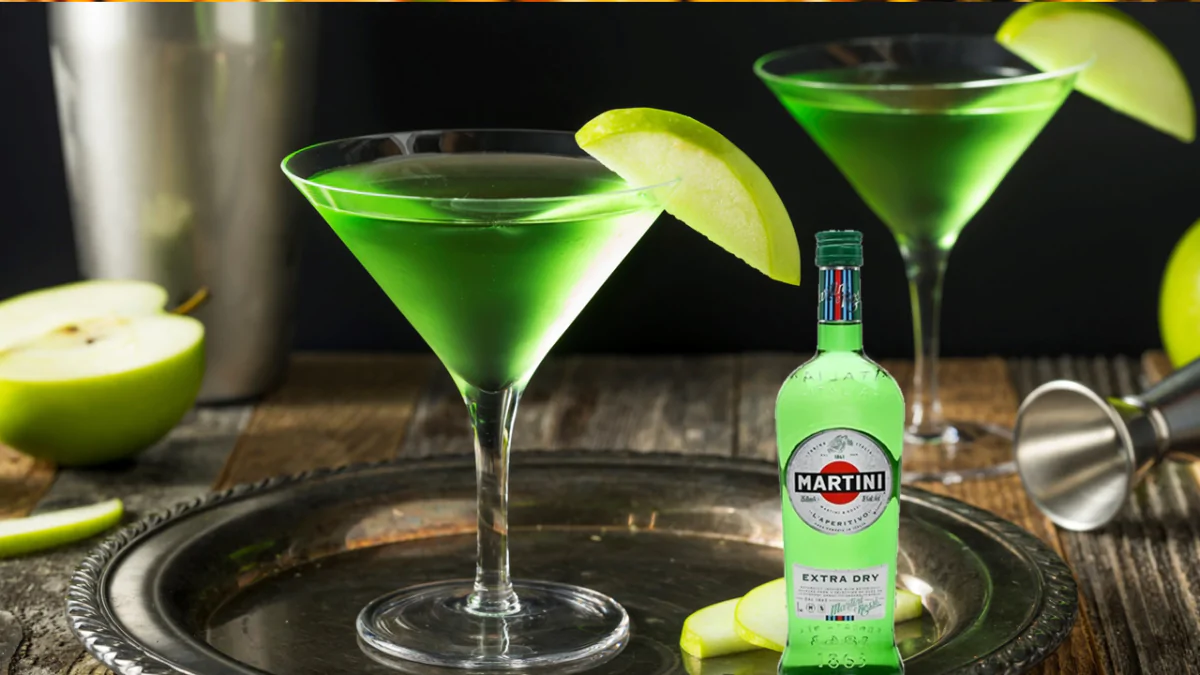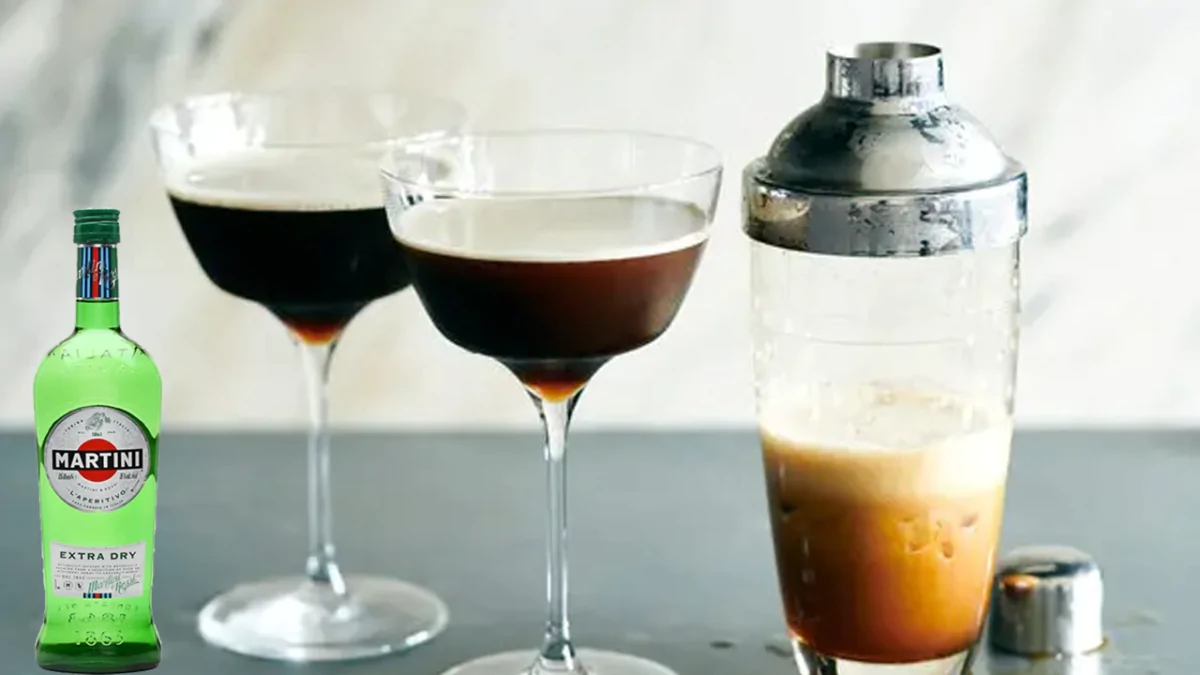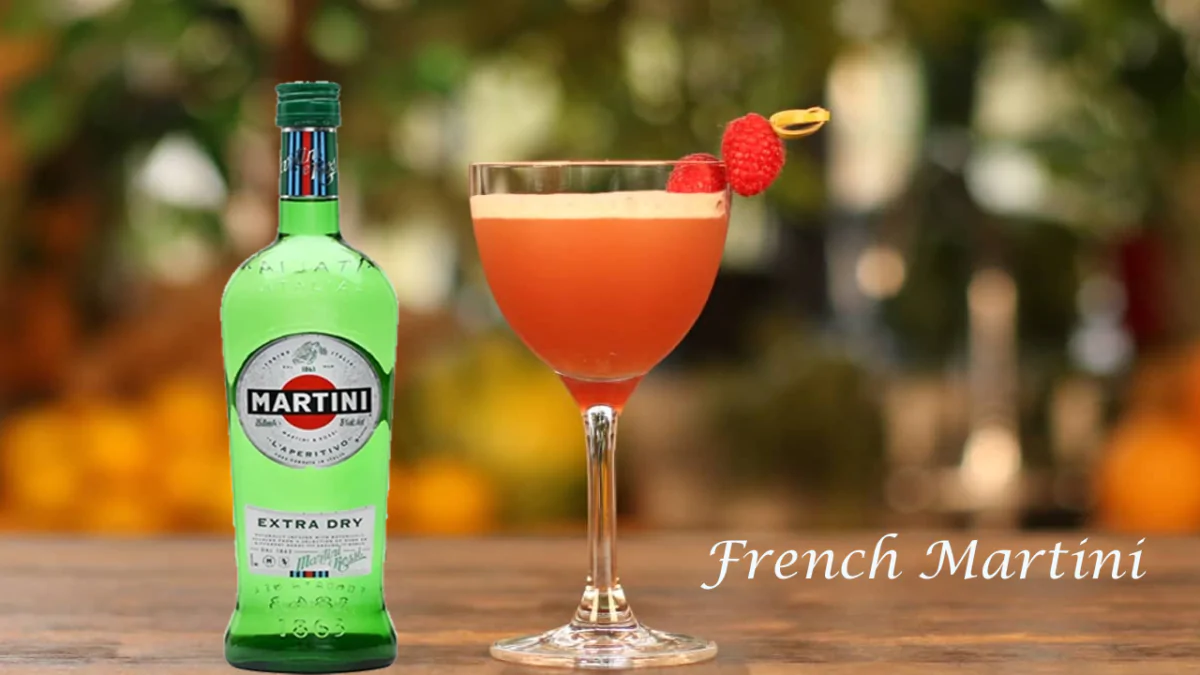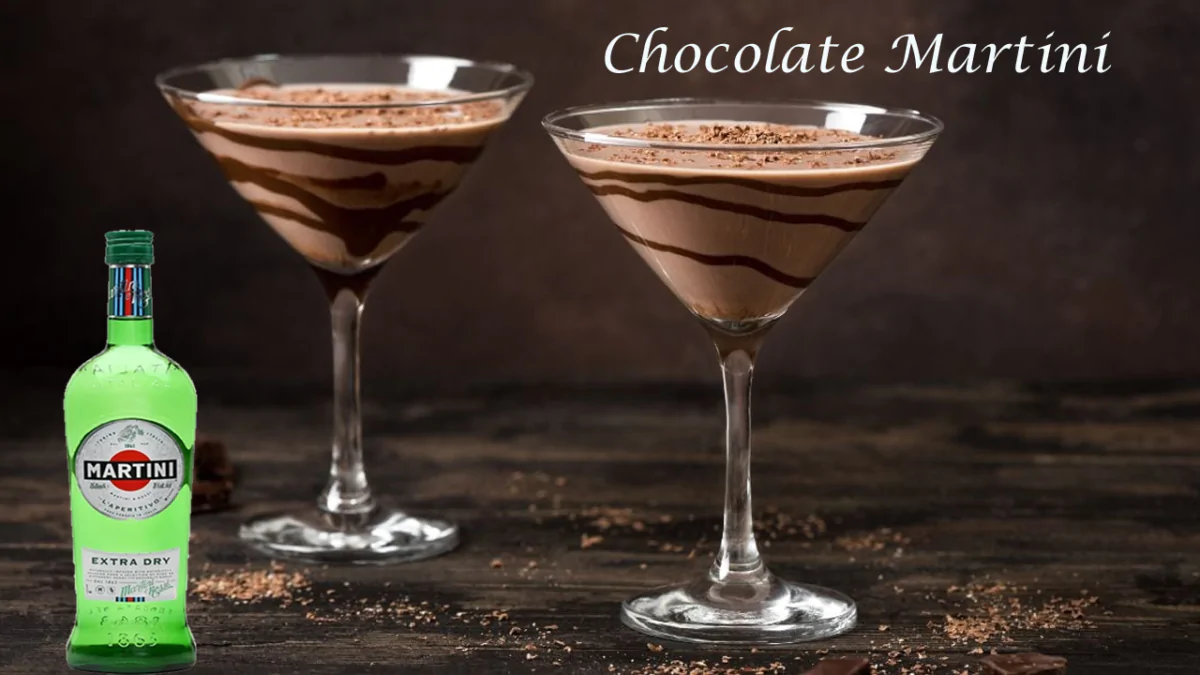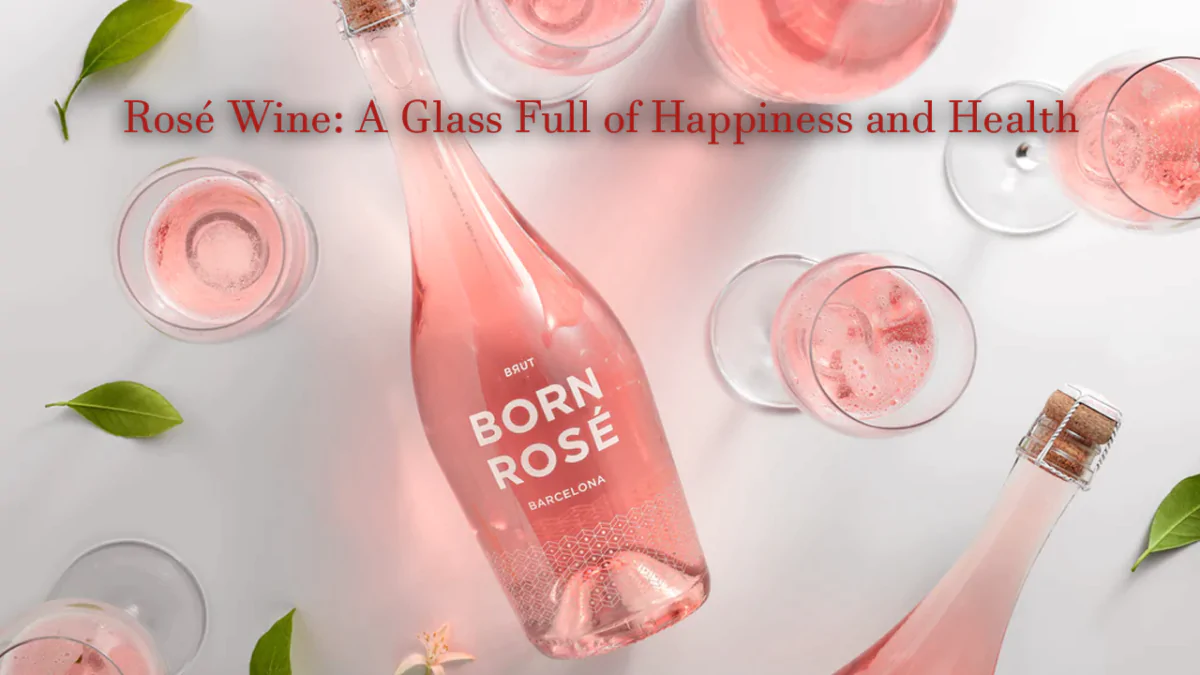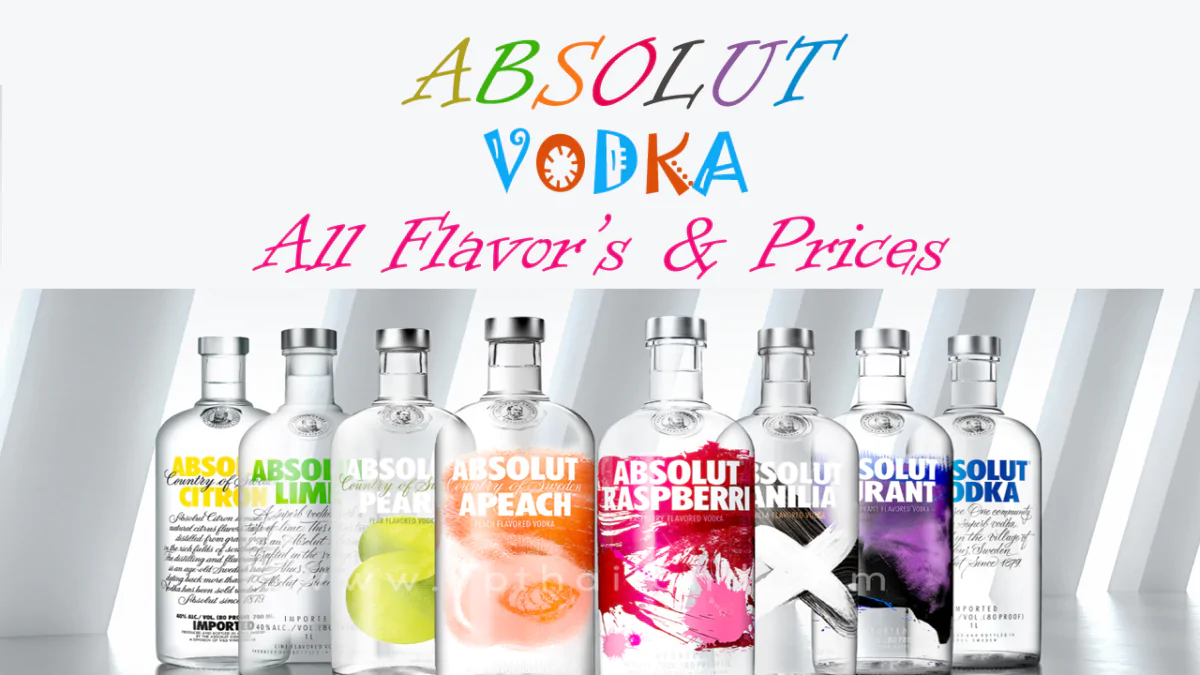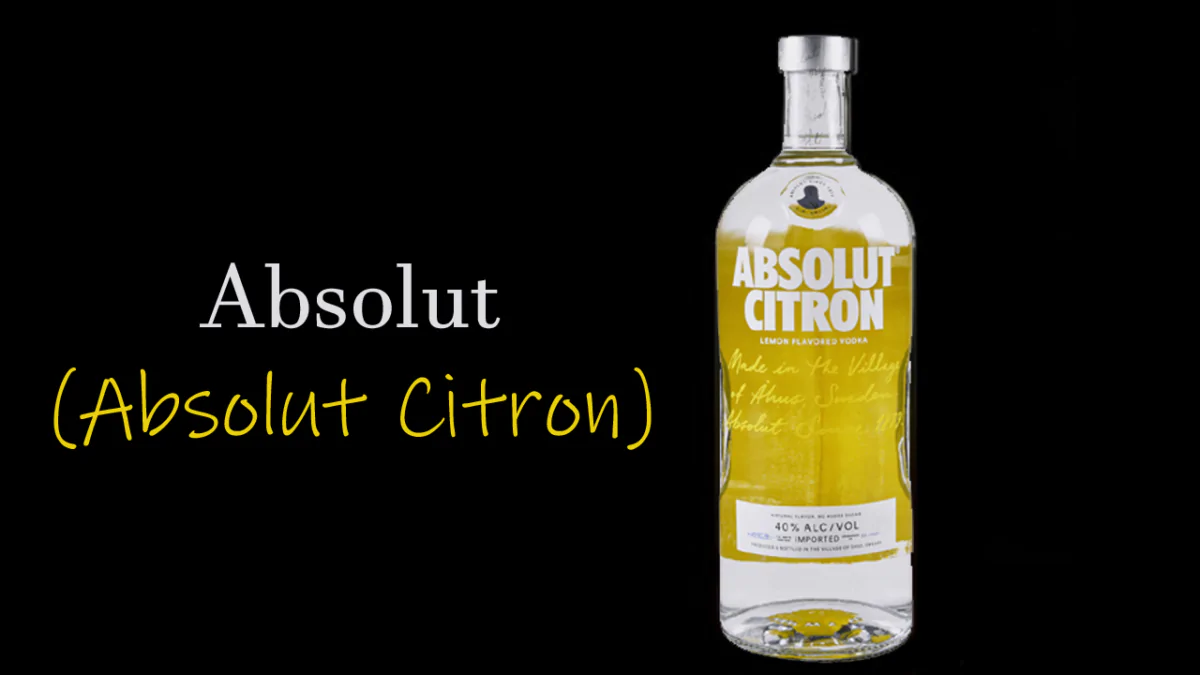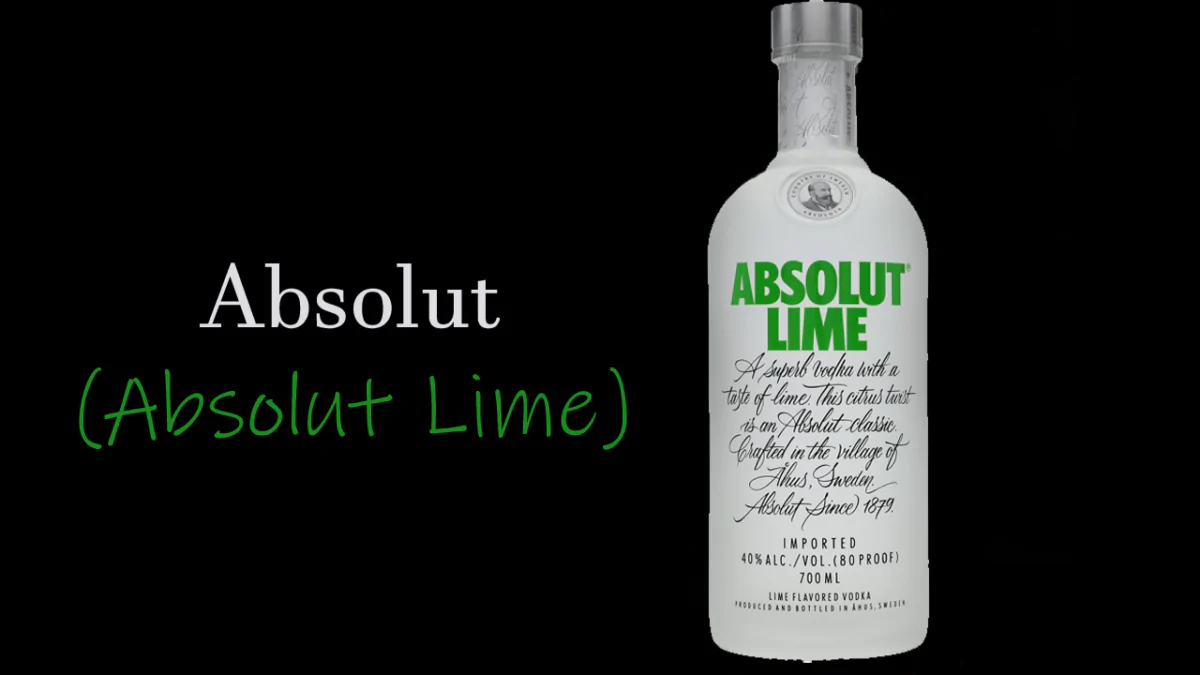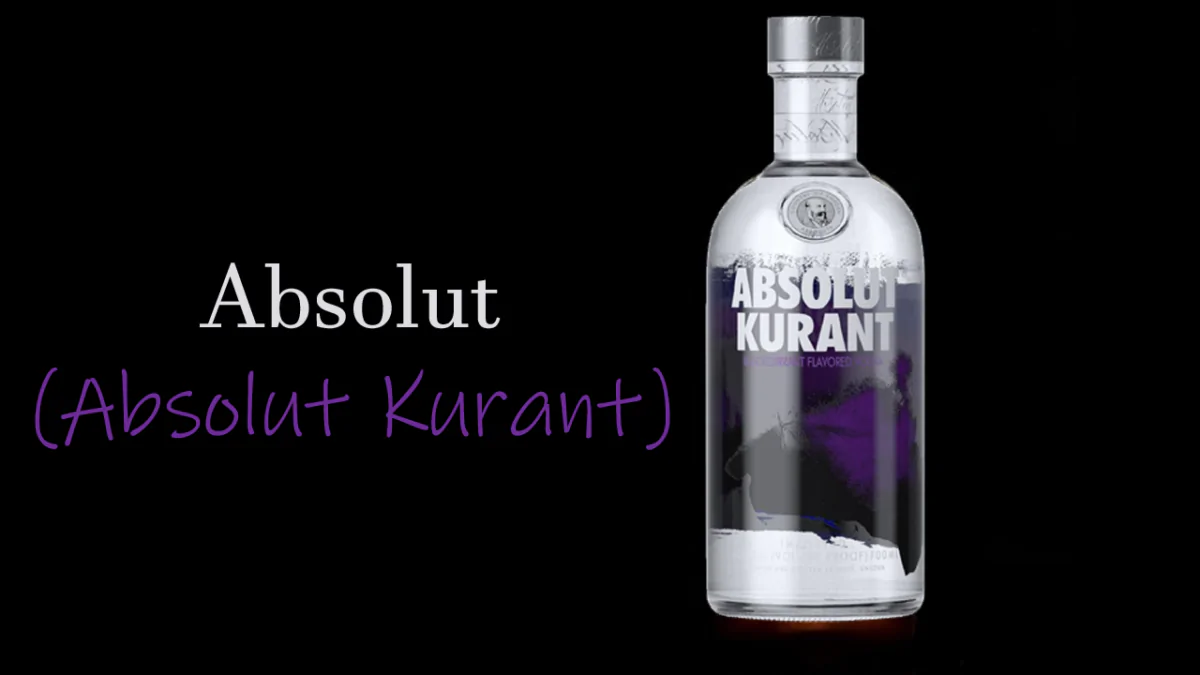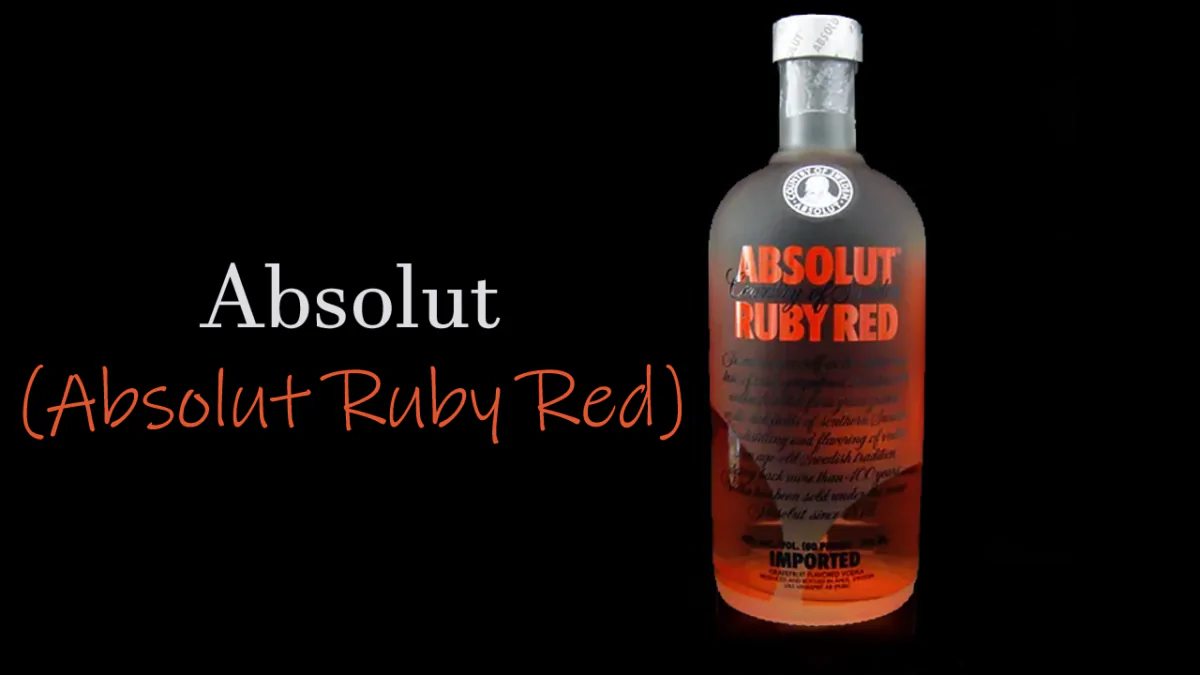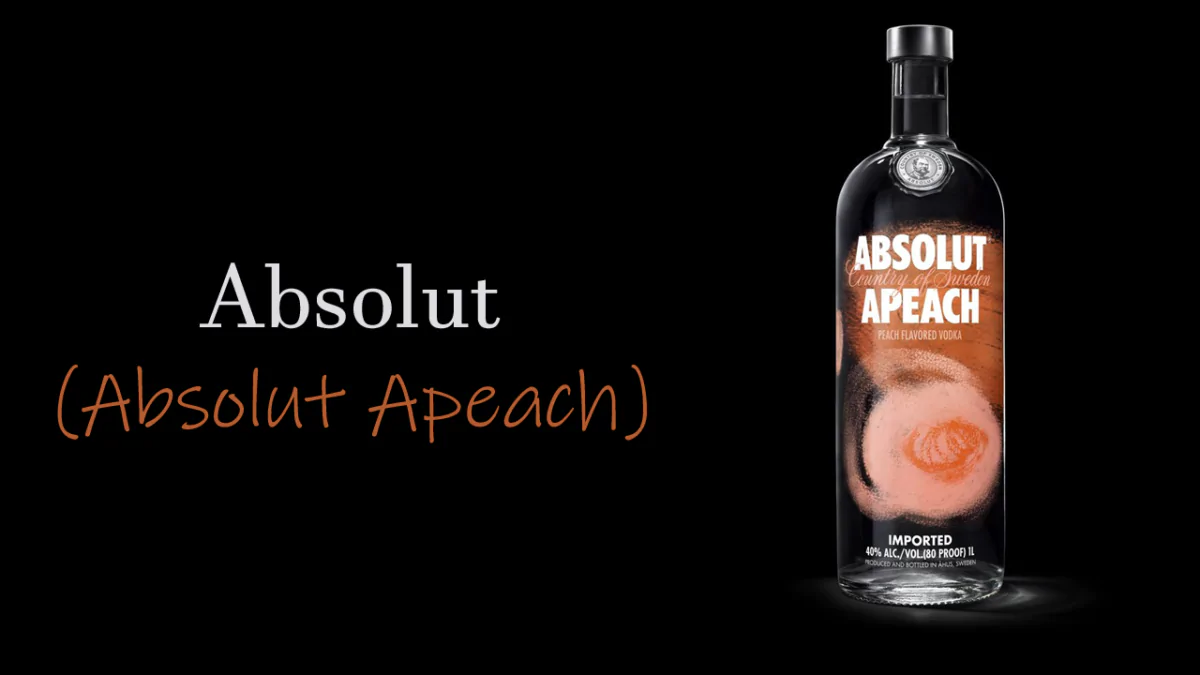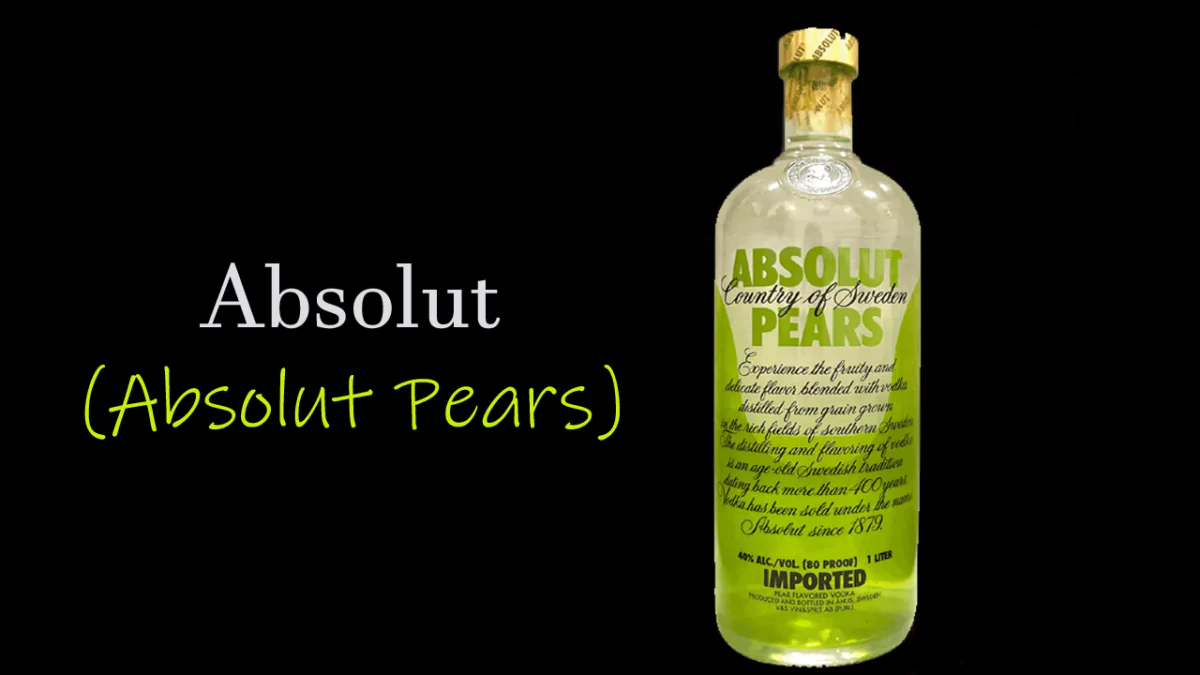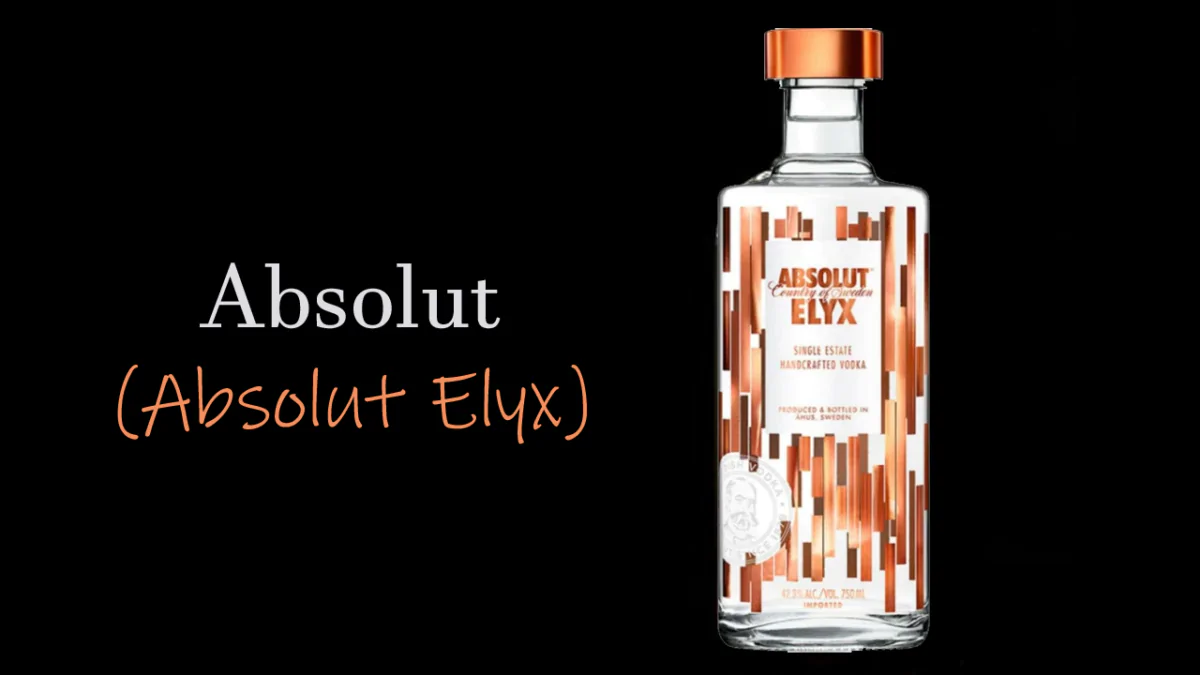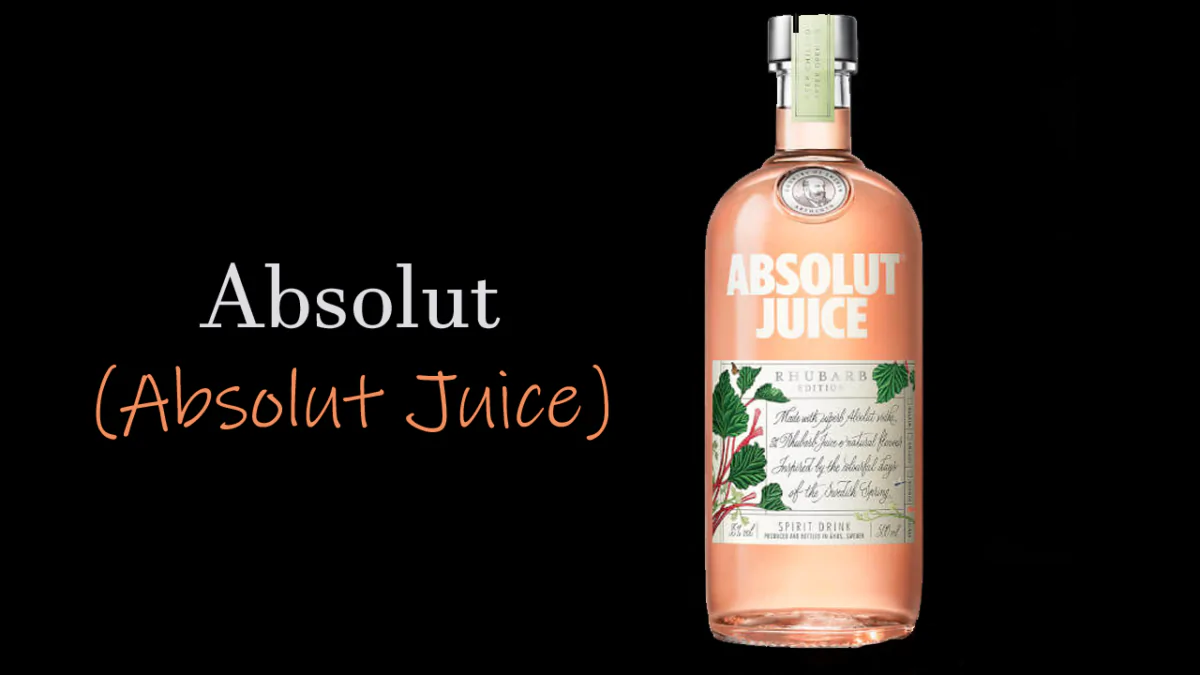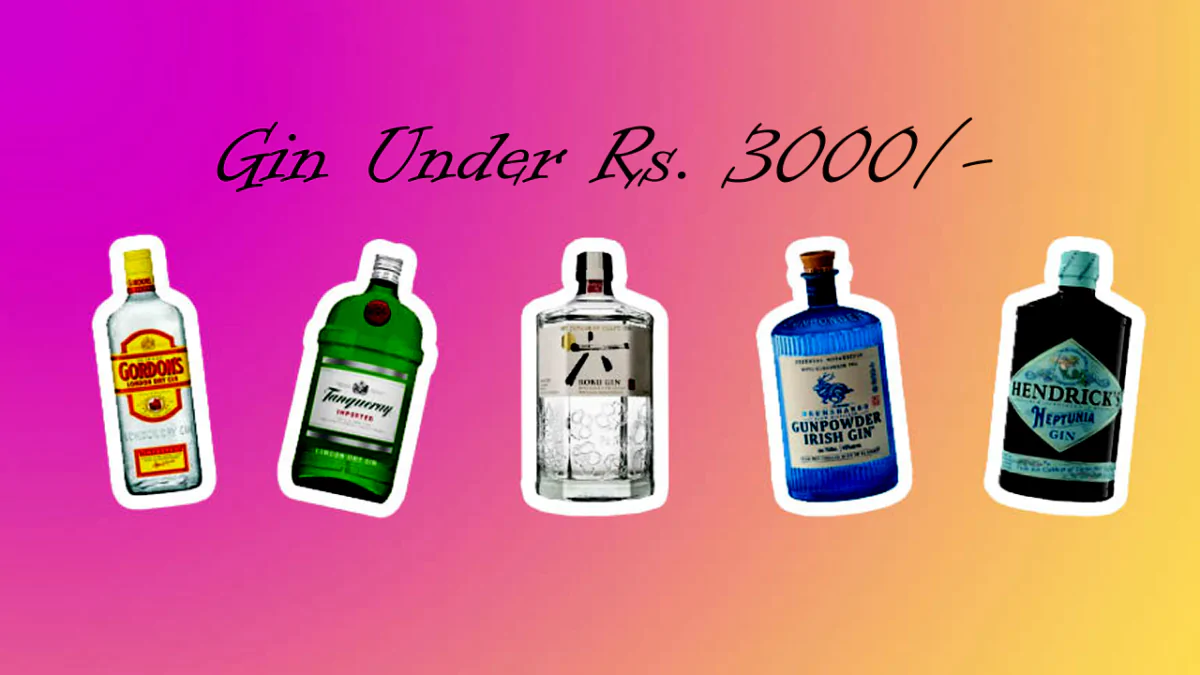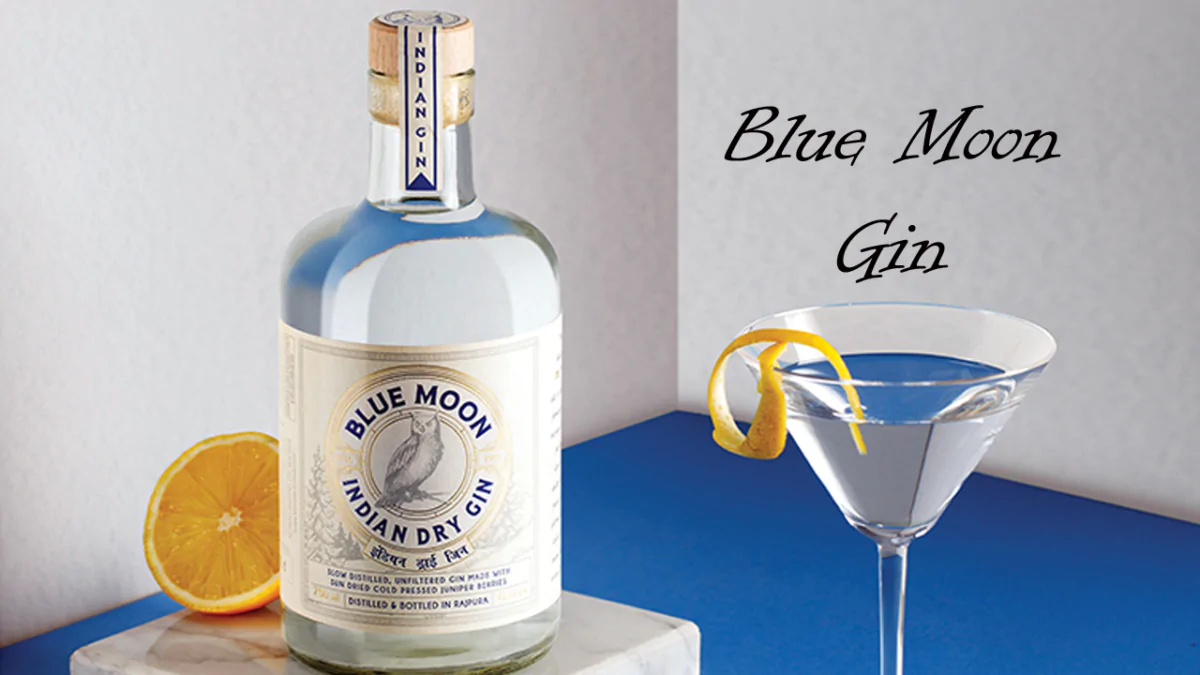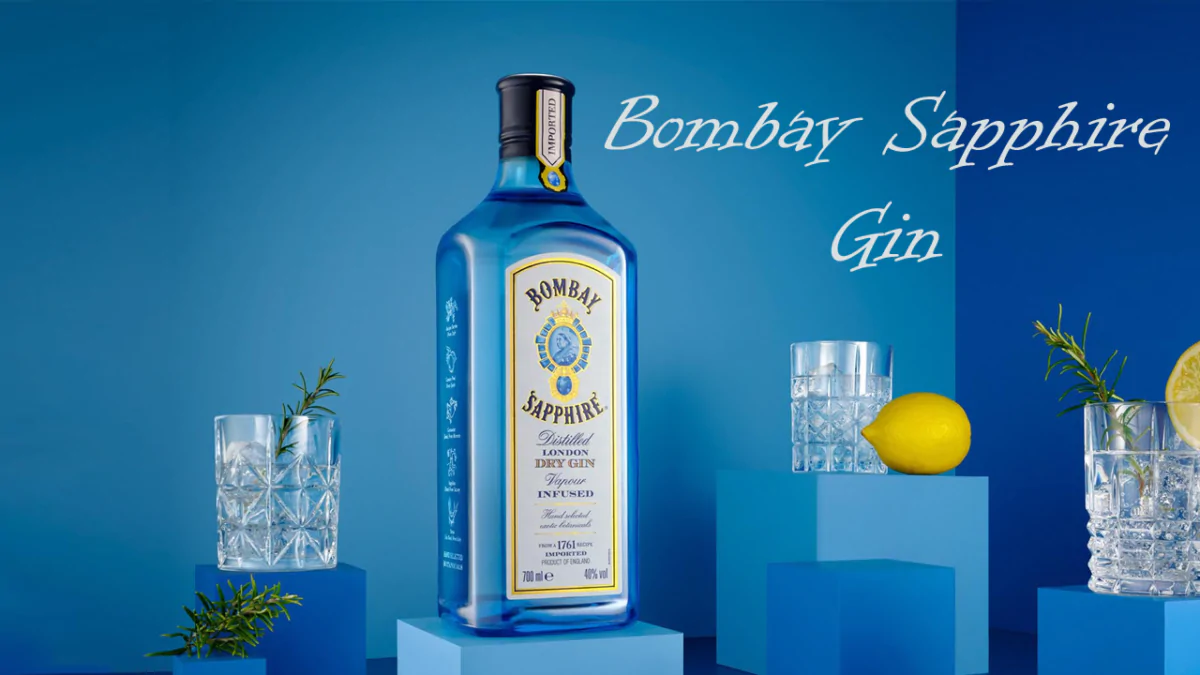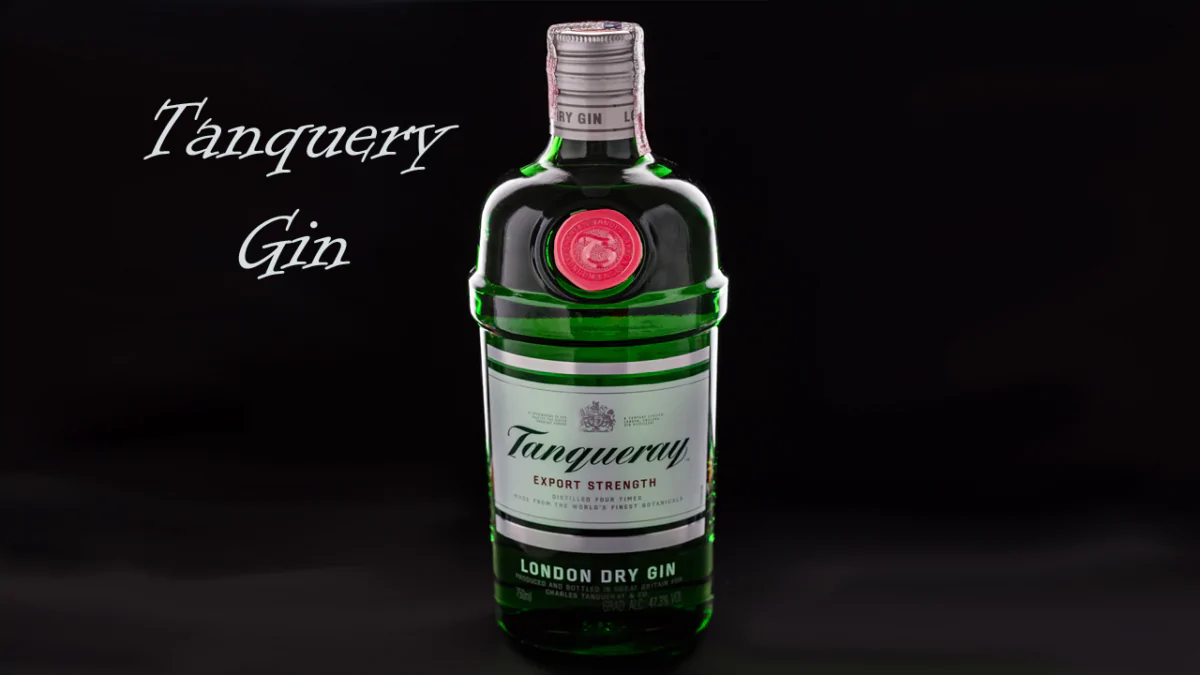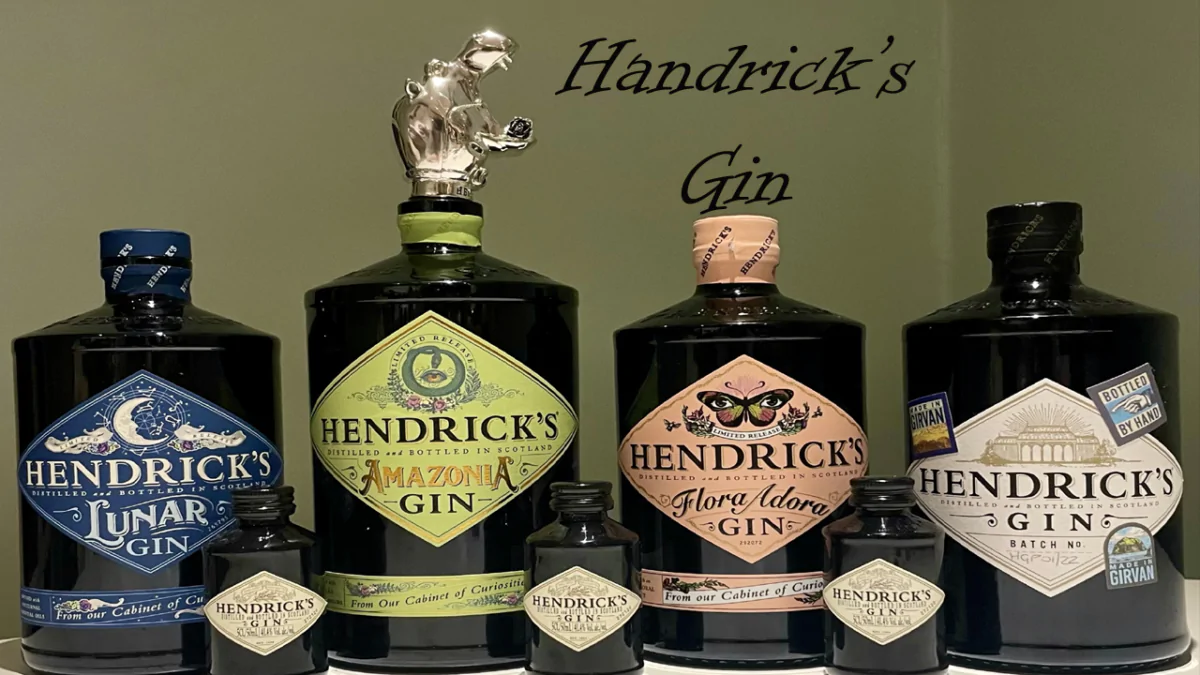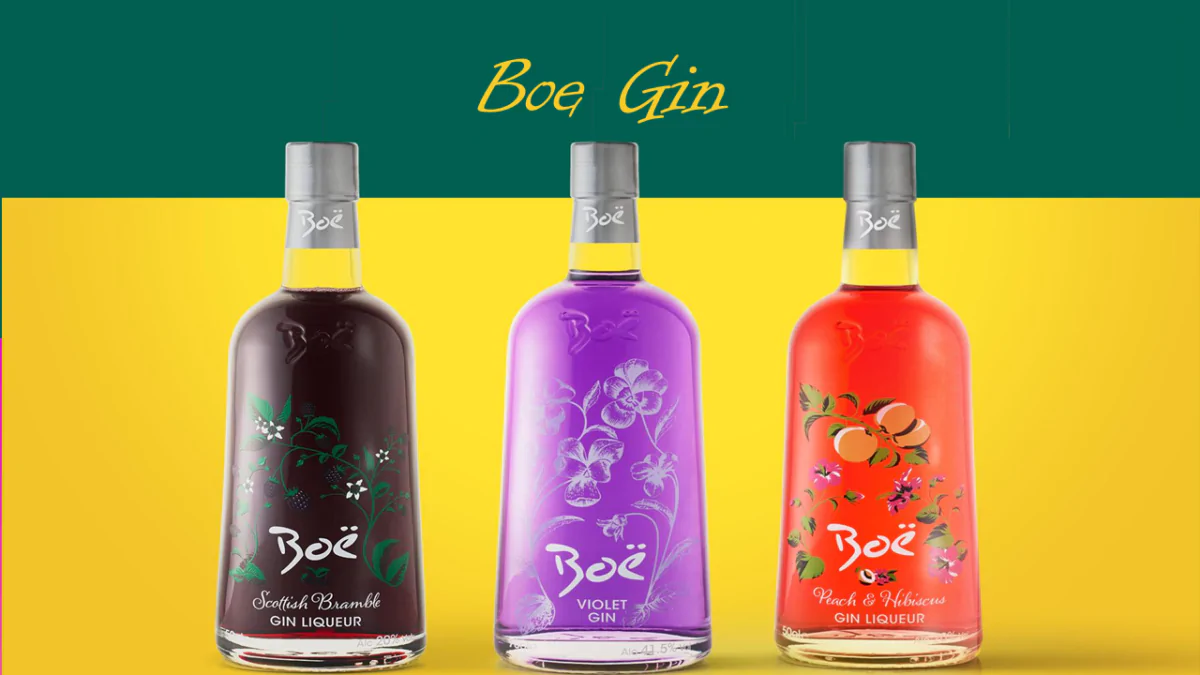Cocktail Connoisseur’s Guide: Perfect Pairings with the Best Mixing Alcohols
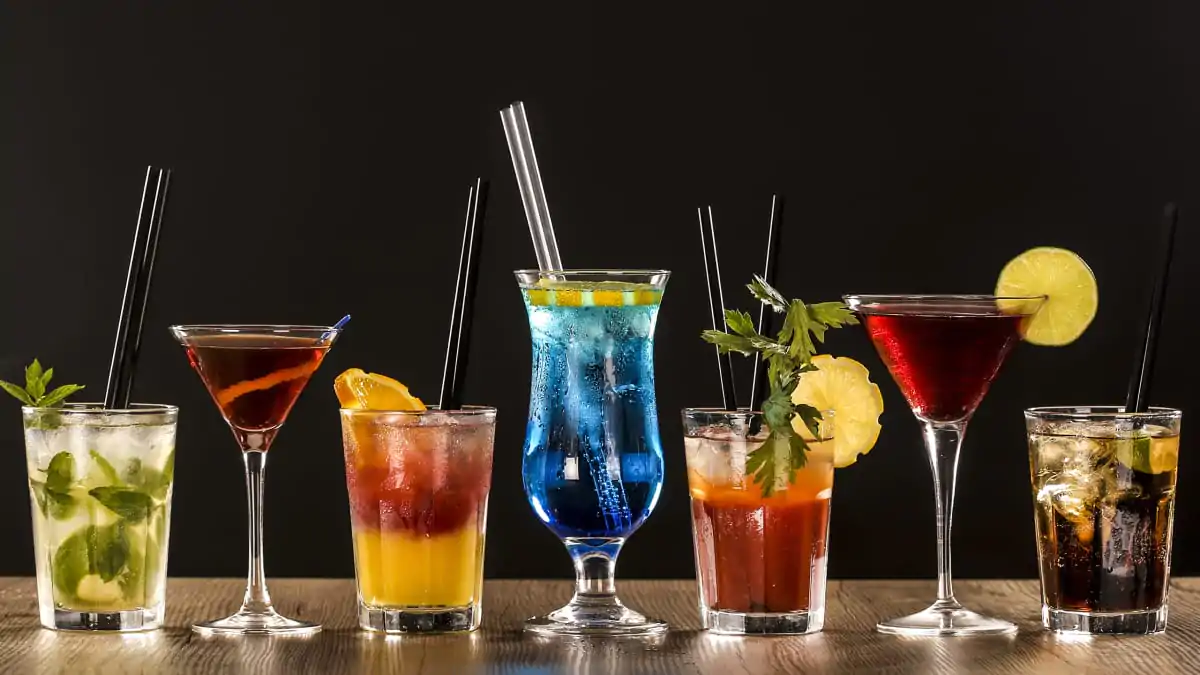
Photo Credit By: mint lounge
Cocktail Mixing Magic: Discover the Best Alcohols for Timeless Cocktail Perfection
Cocktail have transcended their status as mere beverages and have evolved into an art form, with mixologists constantly innovating and refining the craft. The foundation of a great cocktail lies in the choice of mixing alcohols, as they form the backbone of the drink and significantly influence its flavor profile. In this comprehensive guide, we delve into the world of mixology to explore the perfect pairings with the best mixing alcohols, unraveling the secrets behind timeless classics and unveiling the artistry of cocktail creation.
I. Understanding the Basics of Mixing Alcohols
Before we embark on the journey of perfect pairings, it’s essential to understand the basic categories of mixing alcohols. Spirits can be broadly categorized into several types, including vodka, gin, rum, tequila, whiskey, and brandy. Each type brings its unique characteristics to the table, from the clear, neutral canvas of vodka to the rich, complex flavors of whiskey. Knowing the fundamentals allows us to appreciate the nuances of cocktail construction.
II. Vodka: The Versatile Canvas
Vodka, often celebrated for its neutrality, serves as the perfect canvas for a wide array of cocktails. From the classic Martini to the vibrant Cosmopolitan, vodka’s ability to blend seamlessly with other ingredients makes it a staple in the mixologist’s arsenal. We explore the art of pairing vodka with various mixers, fruits, and herbs, unlocking the secrets behind popular concoctions that have stood the test of time.
III. Gin: A Symphony of Botanicals
Gin, with its botanical infusion, adds a layer of complexity to cocktails. From the iconic Gin and Tonic to the sophisticated Negroni, we unravel the botanical symphony within gin and explore how it harmonizes with different mixers and garnishes. The connoisseur’s guide takes you on a journey through the history of gin-based cocktails, offering insights into the art of balancing flavors.
IV. Rum: Tropical Elixirs and Classic Twists
Rum, often associated with tropical vibes, brings sweetness and depth to cocktails. We explore the diverse world of rum-based concoctions, from the refreshing Mojito to the timeless Mai Tai. Discover the art of blending light and dark rums, and learn how to create a perfect balance of sweetness and acidity in your drinks.
V. Tequila: Margaritas and Beyond
Tequila, derived from the agave plant, adds a distinctive kick to cocktails. The Margarita, a classic tequila-based drink, is just the tip of the iceberg. Delve into the world of tequila pairings, exploring the nuances of mixing with different varieties, from blanco to añejo. Uncover the secrets of crafting tequila cocktails that go beyond the expected.
VI. Whiskey: Elegance in Every Sip
Whiskey, a spirit with a rich history and a spectrum of flavors, elevates cocktails to a new level of sophistication. From the Old Fashioned to the Manhattan, we explore the art of mixing with bourbon, rye, and Scotch. Understand the influence of barrel aging and the importance of selecting the right whiskey for your desired flavor profile.
VII. Brandy: The Understated Elixir
Brandy, often overlooked in modern mixology, boasts a rich and smooth character that can add depth to a variety of cocktails. Explore the elegance of brandy-based drinks, from the classic Brandy Alexander to innovative creations that showcase this underappreciated spirit. Learn the art of balancing brandy with other ingredients to create a symphony of flavors.
VIII. Crafting Signature Mixtures: A Personal Touch
While understanding the classics is crucial, the true mark of a cocktail connoisseur lies in the ability to innovate and create signature drinks. We explore the principles of mixology that allow you to experiment with flavors, textures, and presentation. Discover the importance of balance, contrast, and surprise in crafting your own unique concoctions. Whether it’s a twist on a classic or an entirely original creation, this section provides insights into the creative process of cocktail making.
IX. The Role of Mixers, Bitters, and Garnishes
The perfect cocktail is not just about the alcohol; mixers, bitters, and garnishes play a vital role in enhancing and elevating the overall drinking experience. Dive into the world of mixers, exploring the impact of tonic water, ginger beer, and fruit juices on the final product. Understand how bitters can add depth and complexity, and learn the art of selecting the right garnishes to complement and contrast with the flavors in your drink.
X. Setting the Scene: Glassware and Presentation
The visual appeal of a cocktail is as important as its taste. Explore the art of selecting the right glassware for each drink, from the classic martini glass to the tiki mug. Learn how to garnish with flair and create a visual spectacle that enhances the overall enjoyment of the cocktail. Presentation goes beyond the glass – consider the ambiance, lighting, and even the choice of music to create a memorable drinking experience.
XI. Tips and Tricks from the Experts
To truly master the art of mixing alcohols, it’s essential to learn from those who have perfected the craft. This section gathers tips and tricks from seasoned mixologists, offering insights into their creative process, favorite flavor combinations, and go-to techniques. From the importance of precision in measurements to the value of experimentation, these expert insights provide valuable lessons for both novice and experienced cocktail enthusiasts.
XII. The Social Aspect: Cocktails and Community
Mixtures have a remarkable ability to bring people together. Explore the social aspect of mixology, from hosting a cocktail party to attending a speakeasy. Understand the etiquette of ordering at a bar and the art of sharing your favorite creations with friends. Cocktails are not just drinks; they are a catalyst for socializing, connecting, and creating lasting memories.
Conclusion:
The Cocktail Connoisseur’s Guide goes beyond the mere combination of spirits and mixers; it’s a journey through the art, science, and culture of mixology. Armed with an understanding of the best mixing alcohols, the principles of crafting signature drinks, and insights from the experts, you are now ready to embark on your own mixological adventure. Whether you’re savoring a classic cocktail or shaking up something entirely new, remember that the true essence of mixology lies in the joy of exploration and the camaraderie that comes with sharing a well-crafted drink. Cheers to the endless possibilities and the artistry of cocktail connoisseurship!

